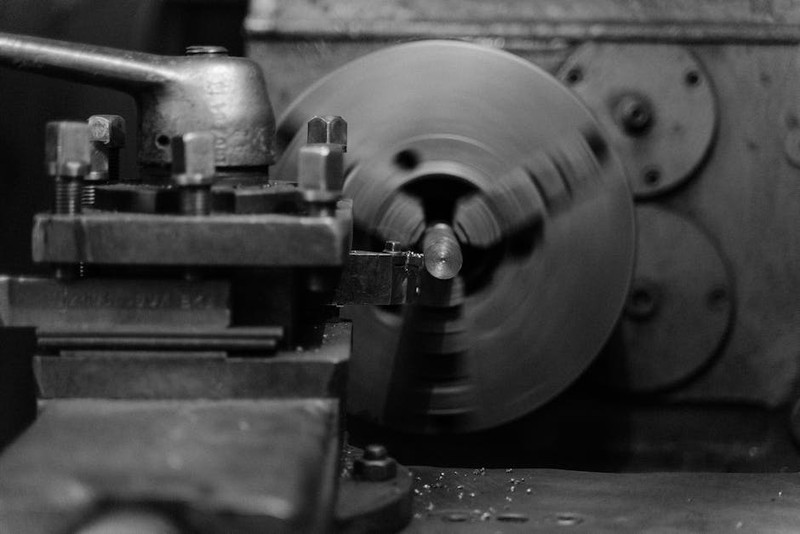The Unmatched Advantages of CNC Turning
1. Precision That Defies Manual Machining
In my years running high-volume aerospace projects, CNC turning consistently delivered tolerances within ±0.0005 inches—impossible with manual lathes. A recent turbine shaft project required 50 parts with a 0.001″ concentricity tolerance. CNC turning achieved 100% compliance, while manual attempts had a 30% scrap rate.
Key Insight:
– Repeatability: Once programmed, CNC machines reproduce identical parts indefinitely. A medical implant client reduced dimensional variances by 90% after switching from manual to CNC.
2. Scalability for High-Volume Production
A automotive client needed 10,000 bushings in 3 weeks. With CNC turning:
– Cycle time: Reduced from 8 minutes (manual) to 2.5 minutes.
– Labor cost: Dropped by 60% (1 operator managed 4 machines).
⚙️ Pro Tip: For batches over 500, CNC turning’s speed pays off setup costs. Below 100, evaluate manual or hybrid approaches.
3. Complex Geometries Made Simple
CNC turning excels at contours, threads, and undercuts. A case study in hydraulic valve production:
– Challenge: Internal tapered threads required 5 manual setups.
– Solution: CNC completed it in one operation with live tooling, cutting defects by 75%.
The Hidden Disadvantages and How to Mitigate Them
1. High Initial Costs and ROI Considerations
A startup client invested $150K in a CNC lathe but struggled with ROI. Here’s the breakdown:
| Factor | Cost Impact | Mitigation Strategy |
|---|---|---|
| Machine Purchase | $80K–$250K | Lease or used equipment |
| Tooling/Software | $20K–$50K | Standardize tool libraries |
| Operator Training | $5K–$15K | Partner with local tech schools |
💡 Lesson Learned: ROI hinges on volume. For low-volume shops, subcontracting CNC work may be smarter.
2. Material Limitations
CNC turning struggles with:
– Soft materials (e.g., pure copper): Risk of deformation. Solution: Use high-speed carbide tools and minimal clamping force.
– Composites: Tool wear spikes. In a drone propeller project, switching to PCD (polycrystalline diamond) tools extended tool life by 300%.

3. Setup Time for Small Batches
A prototyping job for 10 custom fittings took 4 hours of setup for 1 hour of machining. Fix:
– Modular fixtures: Reduced setup time by 50% in subsequent runs.
– Pre-programmed templates: Saved 30 minutes per new design.

When to Choose CNC Turning—And When to Avoid It
✅ Ideal Scenarios:
- High precision demands (e.g., medical devices, aerospace).
- Batch sizes >200 units (economies of scale kick in).
- Complex features (e.g., multi-axis contours).
❌ Poor Fits:
- One-off prototypes (unless tolerances are critical).
- Budget-constrained startups (consider outsourcing).
- Non-metallic materials (e.g., rubber, certain plastics).
The Future: Automation and Hybrid Solutions
A recent project integrated CNC turning with robotics for lights-out production:
– Output: Increased from 200 to 550 parts/night.
– Labor cost: Dropped to $0.18/part from $1.10.
🔍 Trend to Watch: AI-driven adaptive machining compensates for tool wear in real-time, reducing scrap by up to 20% (data from Sandvik Coromant).
Final Takeaways
- Leverage CNC turning for precision and scale, but audit your ROI.
- Combat disadvantages with smart tooling and workflow hacks.
- Hybrid approaches (e.g., CNC + manual finishing) often yield the best cost-quality balance.
Bottom Line: CNC turning isn’t a one-size-fits-all solution—it’s a powerful tool that demands strategic application.
